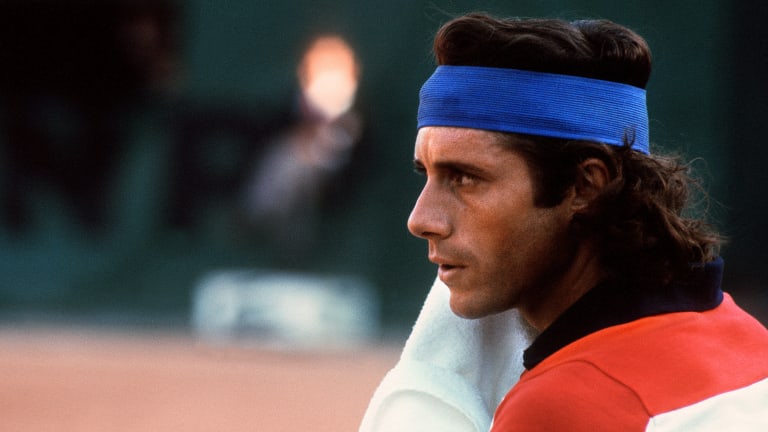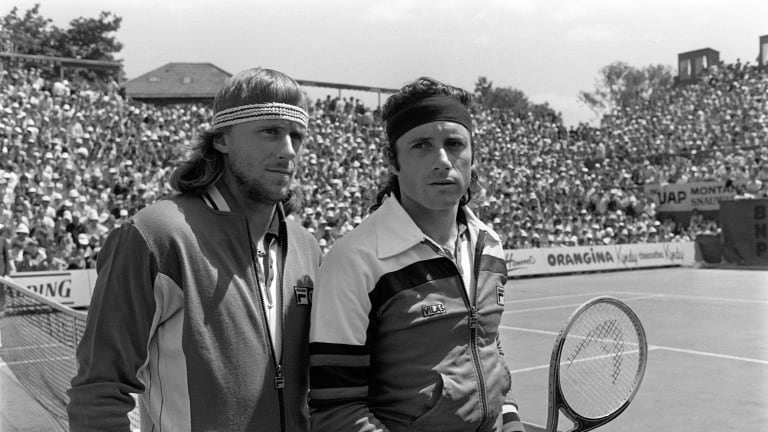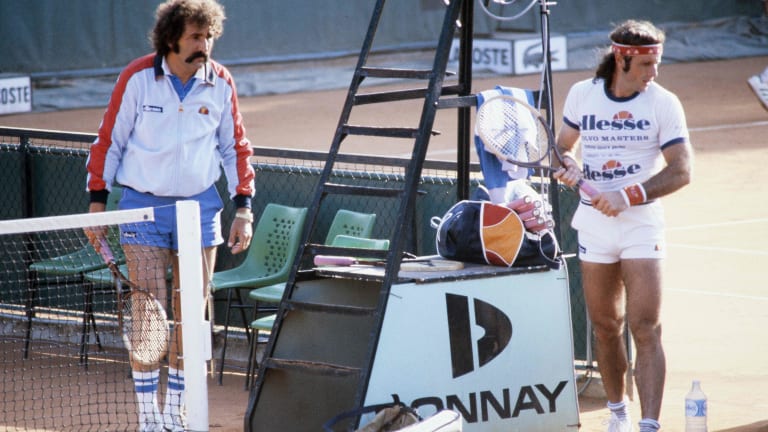"Settling the Score" captures Guillermo Vilas, the No. 1 that wasn't
By Oct 30, 2020Social
Katie Boulter cheekily calls out Alex de Minaur's 'elite' red flag behavior for going off the grid
By Apr 29, 2025Pick of the Day
Madrid Open Betting Preview: Casper Ruud vs. Taylor Fritz
By Apr 28, 2025Madrid, Spain
Can Fritz, Shelton and other American men go from “good clay-court players” to great ones?
By Apr 28, 2025Madrid, Spain
With new coach Dinara Safina, Diana Shnaider makes mental strides in Madrid
By Apr 28, 2025Madrid, Spain
Aryna Sabalenka vs. Peyton Stearns: Where to Watch, Madrid Preview, Betting Odds
By Apr 28, 2025Madrid, Spain
Jack Draper vs. Matteo Berrettini: Where to Watch, Madrid Preview, Betting Odds
By Apr 28, 2025Madrid, Spain
Iga Swiatek vs. Diana Shnaider: Where to Watch, Madrid Preview, Betting Odds
By Apr 28, 2025Social
"Kids are our future": Jannik Sinner launches eponymous foundation
By Apr 28, 2025ATP Challenger Tour
Sandro Kopp follows Bayern Munich wherever he goes: “I’m subscribed to all the streaming services.”
By Apr 28, 2025"Settling the Score" captures Guillermo Vilas, the No. 1 that wasn't
If you care about the triumphs and heartbreaks of great athletes, you’ll love Settling the Score, a new Netflix documentary about Guillermo Vilas.
Published Oct 30, 2020
Advertising

"Settling the Score" captures Guillermo Vilas, the No. 1 that wasn't
© AFP via Getty Images
Advertising

"Settling the Score" captures Guillermo Vilas, the No. 1 that wasn't
© AFP via Getty Images
Advertising

"Settling the Score" captures Guillermo Vilas, the No. 1 that wasn't
© AFP via Getty Images